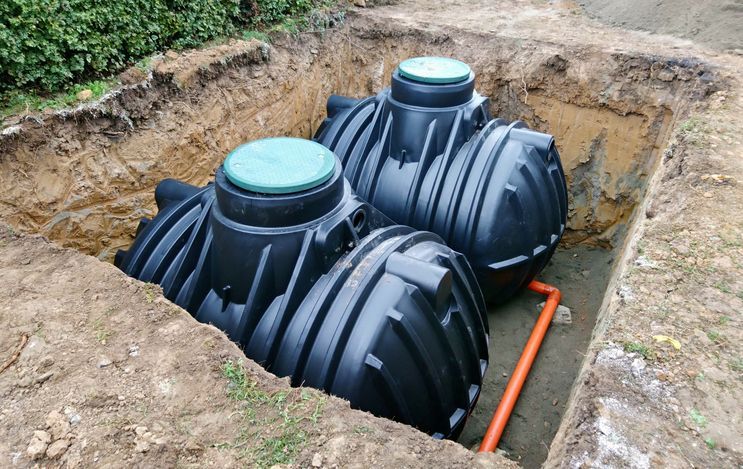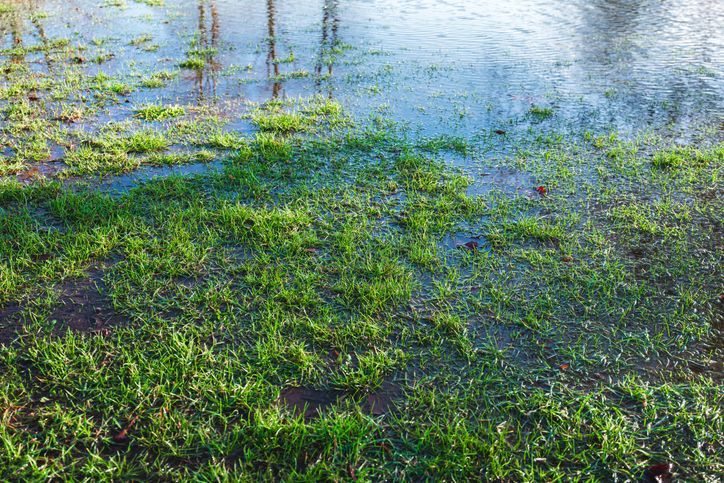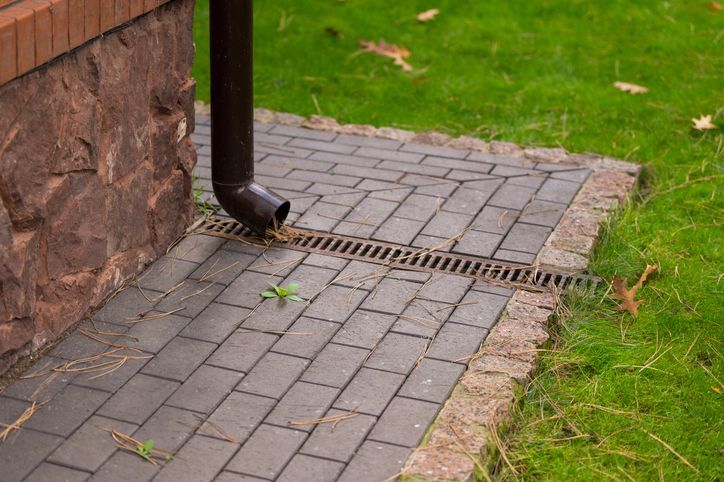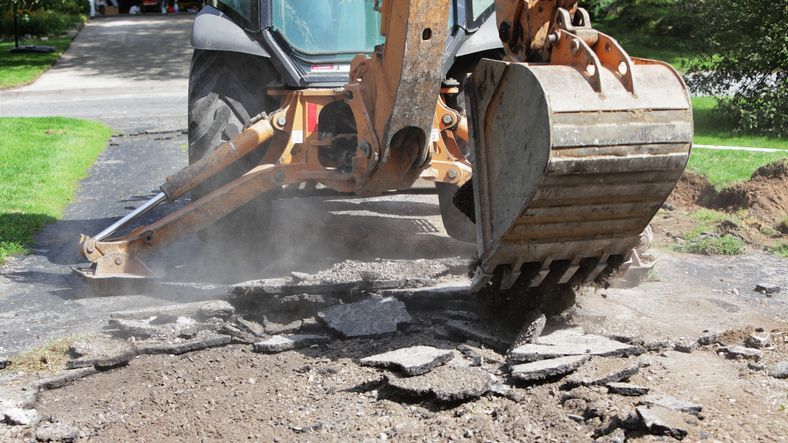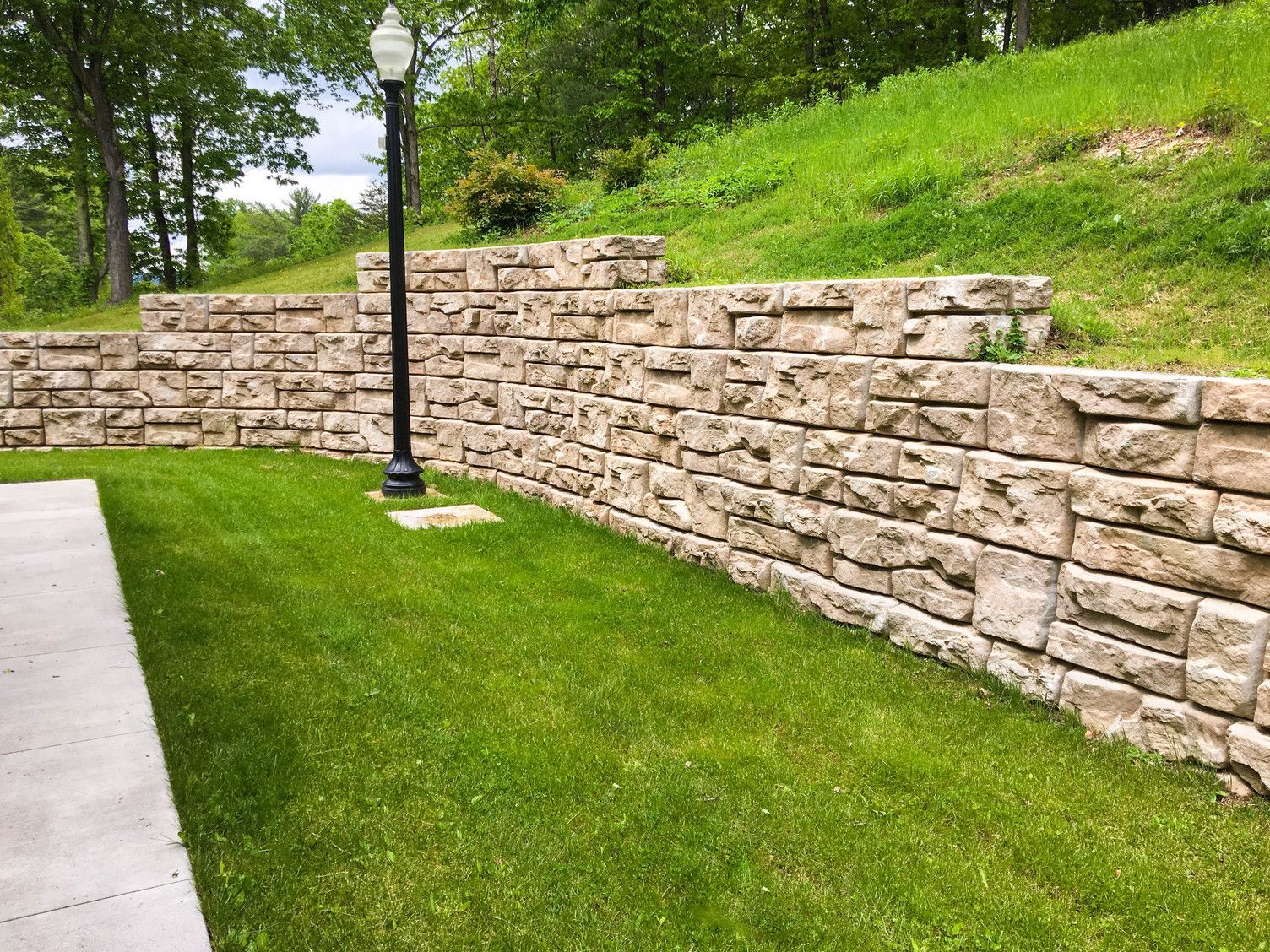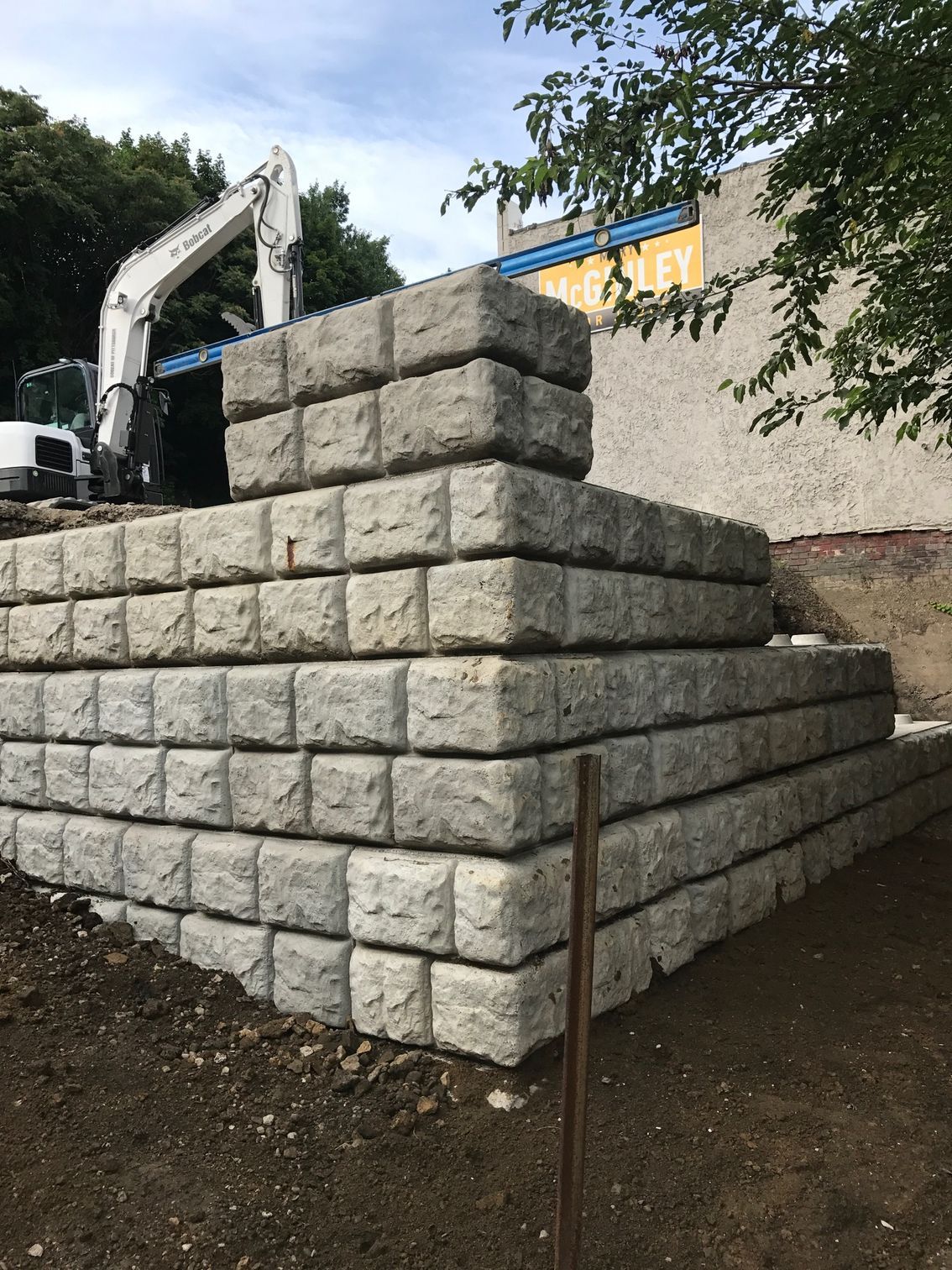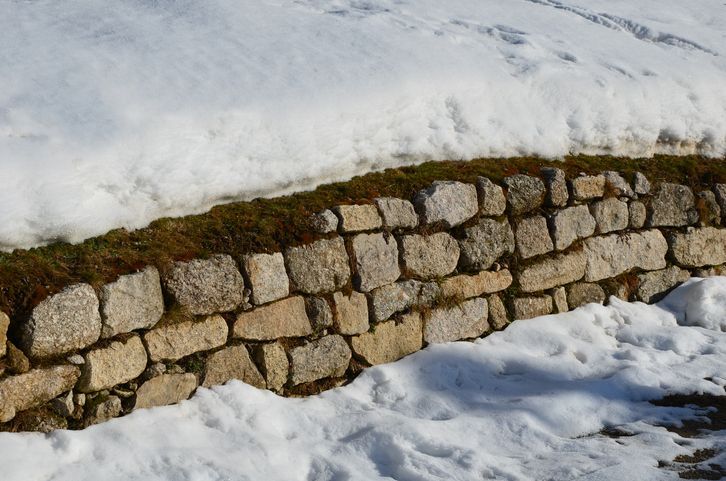Why is my Yard Always Wet?
Reasons for a Wet Yard
If you’ve noticed that your lawn always seems wet or frequently has standing water, you may be wondering what is causing this issue.
A wet lawn is a major inconvenience, with mud constantly being tracked into your home and your lawnmower always being clogged with wet grass. A wet lawn also creates the perfect breeding ground for mosquitos which can make your yard much harder to enjoy.
An overly wet lawn can also lead to damage to outdoor structures, kill your garden plant, and can also wreak havoc on your home’s foundation. The first step in figuring out why your lawn is wet is to determine what is causing the issue. Some common causes for a soggy yard include:
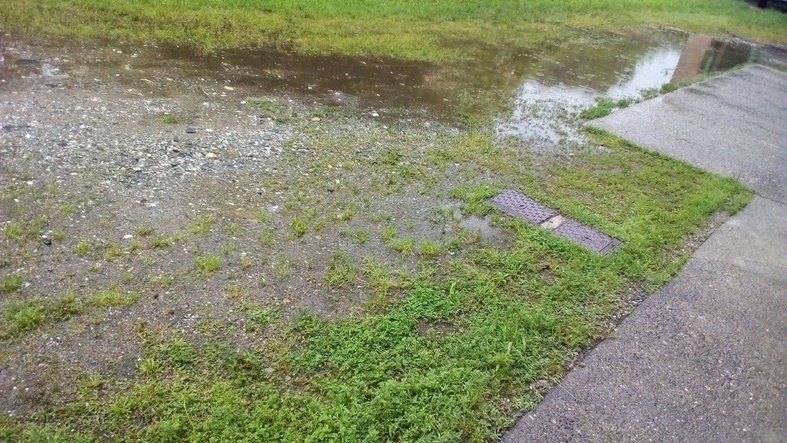
Poor Soil Drainage
A major reason for a wet lawn is that your soil is poorly drained. If you have soil in your yard that is mostly made of clay, with little to no sand or organic materials, it will cause water to puddle rather than drain through the soil. The soil where people often walk can also be poorly drained due to the compaction that occurs as people repeatedly walk over it.
While it’s not possible to completely change the soil in your yard, you can add a top layer of soil to help change up the drainage of your garden. You can also add things like straw or wood chips to your topsoil, which will add air pockets that allow for better drainage.
Lack of Vegetation
Examine your property. Is much of it covered by a patio or asphalt? These surfaces create run-off, which can cause standing water in your yard. To help get rid of this standing water, it is recommended that you add vegetation to your property around the problem areas. This will help absorb the water into the soil, so it isn’t just sitting in your yard.
Clogged Gutters
If your lawn and garden are damp, you should check your gutter. If you have clogged gutters, the water is likely cascading off the gutters and onto your lawn and garden, creating puddles. If you have gutters or drains that are broken or sloped, you may also be having issues with water accumulation which can cause damage to your home’s foundation. Have your gutters cleaned and repaired to ensure they are working properly.
Poorly Planned Landscaping
Have you recently changed your landscaping? Or added fixtures such as a pool, patio, or shed? All these things can affect how well your yard drains and can lead to standing water. If you plan to change your landscaping in any way, you want to think about how much of the soil and vegetation you plan to move. The less soil and vegetation in an area, the more standing water you may have. Keep in mind that when you remove vegetation and soil, which soak up water, the water that was being absorbed has nowhere else to go. If you plan to change your yard’s landscape, be sure to add irrigation systems for proper drainage.
Fixing a Wet Yard with Drainage Solutions
If you are dealing with a wet, soggy yard, you may be wondering how you can fix it. The experts at J Bird’s Landscaping can help! Our experienced team can evaluate your yard and provide you with a variety of solutions to help fix your wet yard and protect your home’s foundation from water damage.
Determining the Source of the Water
The first thing we need to do to resolve your water issues is to determine where the water is coming from. Depending on the water source, we can install drainage to divert the water away from your home.
Types of Drainage Solutions for Your Home
At J Bird’s Landscaping, we specialize in a variety of drainage solutions and can handle the process from start to finish. From excavation and french drains to building retaining walls, we’ve got you covered!
French Drain Installation
A french drain is an effective drainage system that is most commonly used to prevent ground and surface water from penetrating and damaging your home’s foundation.
These are also known as rock drains, blind drains, or perimeter drains. They are essentially a trench that is covered with gravel and works to redirect surface groundwater away from the foundation of the home. They often include perforated pipes that run along the bottom of the trench to divert the water away from the home’s foundation.
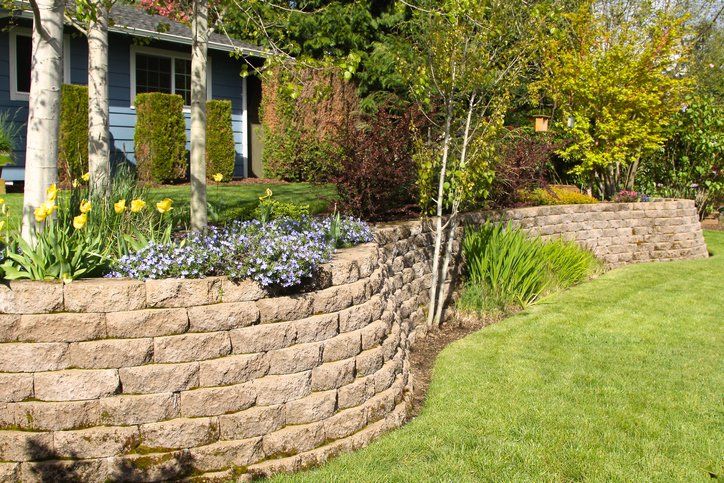
South Hills homeowners can rely on our french drain installation services to help with their soggy yard.
Retaining Wall Installation
If you have a sloped backyard or one with a hill, installing a retaining wall can help create a beautiful landscape while also serving a practical purpose. While retaining walls provide a place to plant flowers or other vegetation, they also help prevent erosion and disperse water, which can help prevent your yard from becoming soggy.
French Drain Services in South Hills
At J Bird’s Landscaping, we provide expert French drain installation for South Hills homeowners to help you resolve that soggy yard and get back to enjoying your outdoor space! Contact us today to learn more!
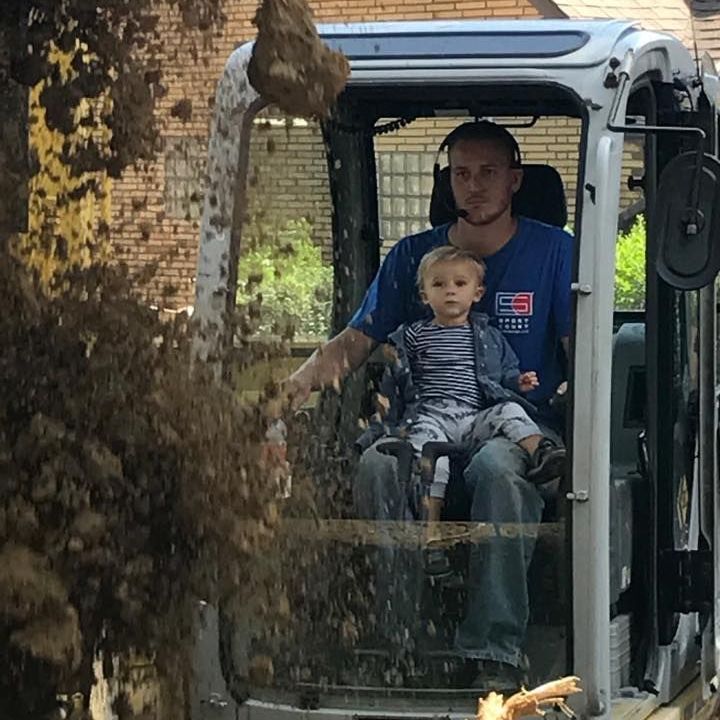
Author: Jay Nagy
Owner & Founded of J Bird's Landscaping. 18+ Years of experience in Pittsburgh lawn cutting, patio installation, trucking/hauling, French drain installation, and other landscape/design services.
More Posts from J Bird's Landscaping
